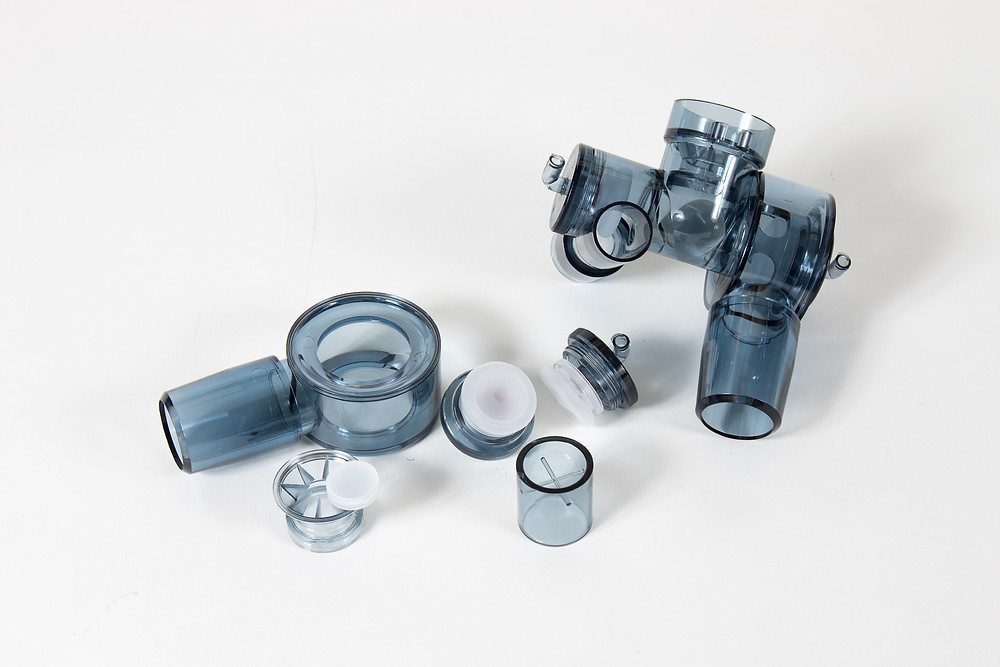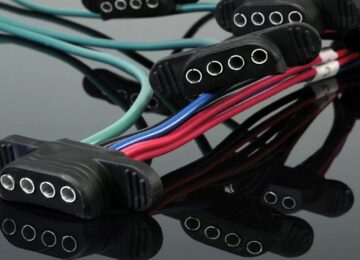Plenty of designers design injection molded parts, but only a few experts can design parts for injection molders. No matter how accurate the design may be, it would be wise to establish a close relationship with the molder earliest. This is because each molder has a molded part that can significantly impact the final design. Also, each molding company uses different tools and technology, so it is vital to know the molder’s preferences at an early stage of the mold design. Below are key considerations when designing an injection molded part. But first, we need to understand what an injection part involves.
What Is Injection Molding?
Injection molding involves the thermoplastic being heated above the melting point. The melt is typically forced. That is, it is injected into a preferred mold that takes the shape of the desired shape and design. The four main stages of injection molding include clamping, injection, cooling, and finally, the ejection stage. The main tools involved in injection molding include heating units, a material hopper, a screw-type plunger, and the injection ram.
What Are The Considerations When Designing An Injection Mold?
Notably, it is recommendable for the molder to understand all the basics involved in designing injection molded parts, for instance, in the cases of plastic injection companies. All the molders should have the skills, tools, and materials necessary when making a plastic injection mold. So, what are the primary considerations in every injection mold design?
Material Selection
Material selection is a critical part of the design of injection molding. So, the molders should agree on the material necessary before starting the injection molding process. For example, in Plastic injection molding companies, the designers may find those high-end resins may not be suitable for certain designs due to viscosity or crystallinity. So, the designers may choose certain resins based on the chemical or physical properties required to mold a particular model.
Tight Tolerances
Trying to accommodate tolerance variations is one of the challenges each mold designer faces. The tolerances selected must ensure that the functional, fitting, and appearance needs are met when settling for wide or tight tolerances. Also, the designers should ensure that the specified specifications are met in each injection mold. When selecting a tolerance variation, the main variables involved include tool design, material, and process control. The designer should discuss the necessary specifications with the molder to maintain a tight tolerance control for a perfect mold.
Steel Safety Zone
When designing the injection molded parts, the designers face details that require tight tolerances, such as interlocking parts, snap fits, and alignment features. It might be easy to align and match the features perfectly in CAD, but it is even more challenging to reproduce them during production. Steel safety involves having enough clearance of the design features so that the toolmaker will easily machine the steel to tighten the gap after the final test of the molding process.
Conclusion
It is primarily problematic for the designers to develop a close relationship with the molders at the early stage of the injection molding process. Still, the relationship plays a huge role in the entire process. However, the above key considerations are the main influences on the parameters affecting the injection molding process, so designers and molders should highly consider them before starting the injection molding procedure.












